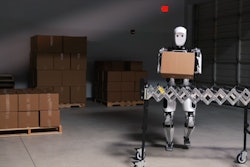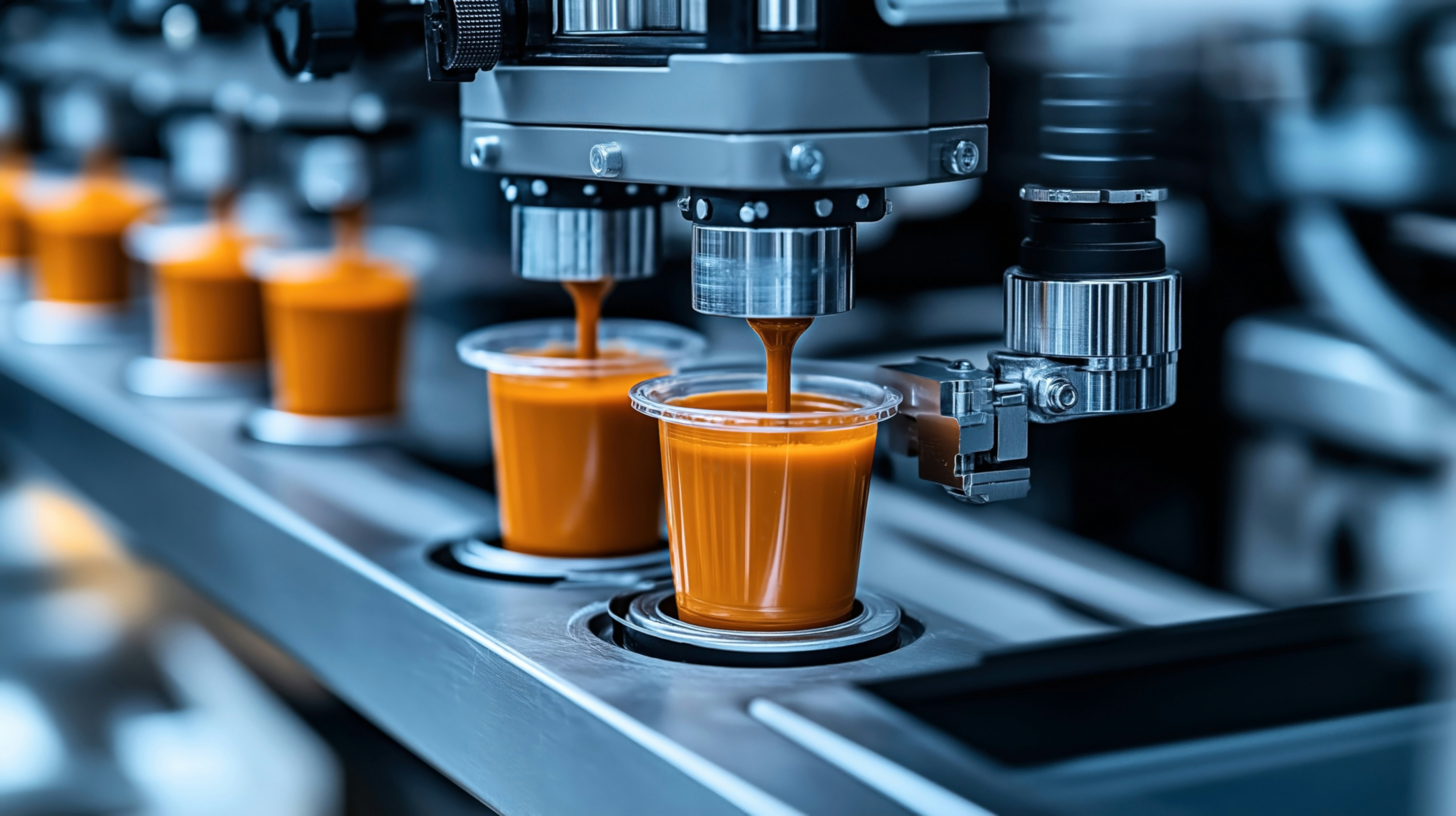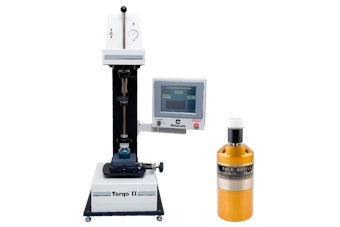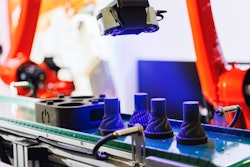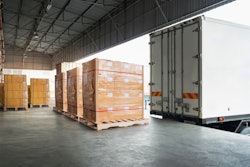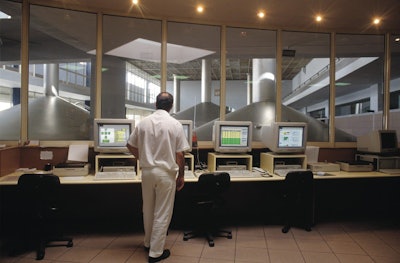
SugarCreek’s business—selling raw and cooked pork products and an array of packaged foods—may be slightly old fashioned, but its manufacturing processes are surely not. The food manufacturer, which caters to retail and food service customers, is heavily investing in the Industrial Internet of Things (IIoT), mobility and analytics solutions, among other cutting-edge technologies, as part of its drive to achieve operational excellence along with a top-quality product.
Sensors throughout the plant monitor everything—from the temperature of pork bellies in the smoke house so airflow is optimized to the positioning of precooked bacon in slicers to improve yield. Temperature tags on trucks ensure proper refrigeration for products during transport, and worker helmets will leverage RFID sensors to enable better communication and to boost safety within SugarCreek’s plants.
“The food business is a skinny margin business and the most fundamental thing we need to do well is have a good cost structure while maintaining our quality,” says Ed Rodden, SugarCreek’s CIO. “IIoT on the plant floor helps with quality and efficiency, but it’s not just on the plant floor—it’s everywhere. Sharing the data companywide gives us the ability to analyze and improve processes.”
 |
| IIoT delivers real-time visibility into what’s happening on the plant floor, providing insights that can improve performance, boost quality and eliminate waste. Source: GE Digital |
Like SugarCreek, more food and beverage manufacturers are taking the next step in connecting plant floor equipment, leveraging Internet standards, the availability of low-cost sensors, and emerging cloud-based data analytics platforms to achieve real-time visibility throughout their value chain and enable better decision-making. According to a recent survey of Automation World readers in the food and beverage industry, nearly half (49 percent) have either implemented IIoT initiatives or are planning to do so. After years of struggling to pull data from legacy systems that don’t talk to each other and aren’t synced up to the rest of the business, the opportunity for IIoT is all about gaining that next level of visibility, according to Reid Paquin, industry analyst for food and beverage at GE Digital.
“IIoT really just allows you to get more connected to what’s going on on the plant floor and throughout all your processes and machines,” says Paquin, citing the ability to eliminate guesswork and understand, for example, exactly why a filler isn’t operating at peak efficiency or track why waste is occurring with a particular piece of packaging equipment. “You have to connect all of these areas before doing that and manage the data.”
While plant floor equipment has been connected for years, much of the information has remained siloed, trapped in individual systems and not readily accessible to plant floor workers or upper management to help determine where inefficiencies are in the process or aid in decision-making. IIoT changes that scenario through standardization and convergence, specifically between operations technology (OT) and information technology (IT), according to Don Pearson, chief strategy officer with Inductive Automation.
“It’s different from the old days when there were operations on the plant floor and information technology in the back office doing business applications and never the two shall meet,” Pearson explains. “Decoupling device protocols with the applications creates a complete infrastructure and architecture change. That’s what we’re dealing with.”
As the architecture changes enable connected systems, food and beverage manufacturers can do things they couldn’t before and, most importantly, eliminate cumbersome and error-prone manual processes. “Historically, people have gone around with clipboards, reading stuff off of meters, and entering data into spreadsheets,” explains John Dart, senior industry consultant for Rockwell Automation. “[IIoT] technology makes real-time data available, but also contextualizes it with data in other systems, giving manufacturers the ability to improve operations and continue to lower costs.”
IIoT at work
With access to a real-time treasure trove of data, food and beverage manufacturers can achieve efficiencies on the plant floor and throughout their entire operations. Consider an industrial refrigeration company, which is leveraging IIoT to stay on top of equipment health, using sensors to detect unusual vibrations that might indicate a potential failure. This allows them to practice predictive maintenance and eliminates any risk of downtime. In another example, a manufacturer of baked goods has a vision for IIoT to automatically adjust oven temperature to match the characteristics of specific grains from different suppliers to ensure quality remains consistent.
IIoT also has applicability far beyond the shop floor—from the moment produce is picked on the farm all the way through distribution channels, collecting data on everything from temperature to ripeness to how long product remains in transport can help manufacturers optimize processes across their entire lifecycle. “From when you pick it to putting it in the box, there is applicability in every step of the process,” says Matt Newton, director of technical marketing at Opto 22. “You can go all the way back to tracking profitability of certain crops based on historical weather reports.”








